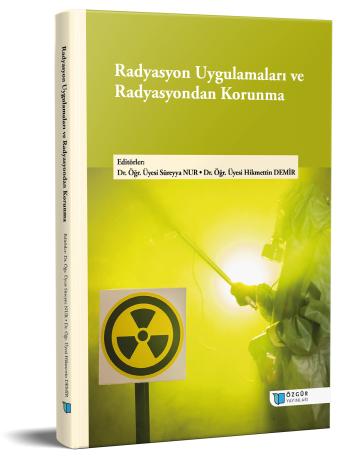
Görüntü Kılavuzluğunda Radyoterapi Teknikleri ve Uygulamaları
Şu kitabın bölümü:
Nur,
S.
&
Demir,
H.
(eds.)
2024.
Radyasyon Uygulamaları ve Radyasyondan Korunma.
Özet
Tedavi bölgesinin anatomisinin tedavi boyunca değişmeden kaldığı varsayıldığında, tedavi planı genellikle başlangıçta bir kez hesaplanır ve tüm tedavi boyunca aynı plan kullanılır. Ancak tümörün şekli ve konumunda günlük değişiklikler olabilir. Örneğin, tümörde küçülme veya büyüme, anatomik boşluklar veya boşluklar bulunan organların doldurulmasında farklılıklar, organların hareketleri, tedavi sırasında hastanın ağırlığında değişiklikler veya tümörde oluşabilecek hipoksik değişiklikler nedeniyle farklılıklar olabilir. Bu farklılıklar, tümöre ve risk altındaki organa verilmesi planlanan dozlarda değişikliklere neden olabilir. Konvansiyonel radyoterapide (RT), anatomik değişiklikleri hesaba katmak için hedef hacmin etrafında rutin olarak bir güvenlik marjı tanımlanıyordu. Sonuç olarak, marjlar arttıkça radyasyona maruz kalan normal doku hacmi artmakta ve dolayısıyla yan etkiler de artmaktadır.
Günümüz radyoterapisinde, yüksek radyoterapi dozlarına maruz kalan hacmin azaltılması ve buna bağlı olarak radyasyona bağlı normal doku toksisitesinin azaltılmasına verilen önem artmıştır. Şu anda, bu hedefleri kusursuz bir şekilde gerçekleştiren çeşitli teknikler geliştirilmiştir, ancak bunların hepsinin sınırlamaları vardır.
Bu bölümde, radyoterapide görüntü rehberliği kavramı, mevcut teknikleri ve bunların beklenen faydaları anlatılmaktadır.

